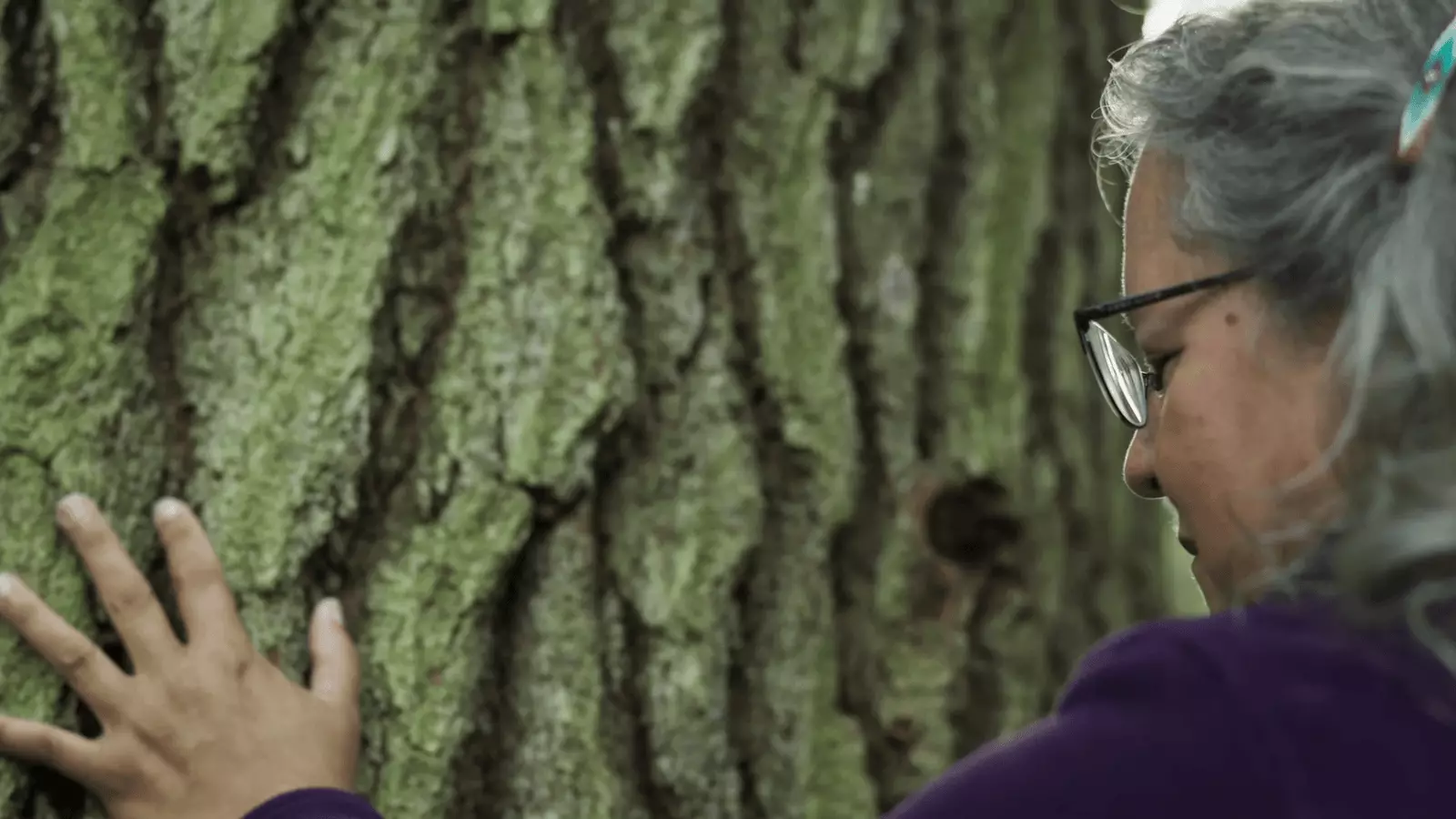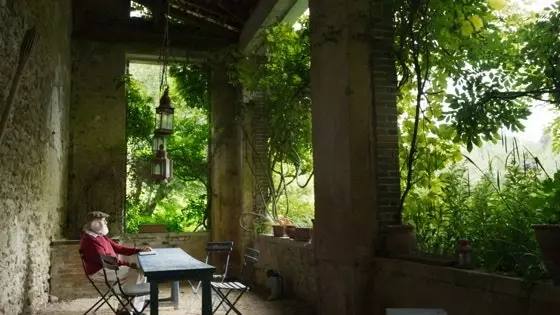
The Terre Vue du Coer.
How did life come to Earth? Surely he did it through water molecules that were generated in space. The oxygen without which we could not live. The mystery of life, yes, that life that the human being insists on annihilating.
Thus begins the documentary** ‘La Terre Vue du Coer’** by Cadrin-Rossignol, presented at Another Way Film Festival last October. A documentary that shows us through authentic guardians of the planet everything that is being lost, and everything that can happen if the human being continues to destroy the natural spaces and the species of the planet.
See the earth from the heart This is what the Canadian astrophysicist with French nationality proposes Hubert Reeves , who leads the documentary. From the refuge away from him, in what used to be a farm in Burgundy, he tells how in the stagnant water that surrounds it it seems that life has stopped when years ago it was sprouting everywhere. In 30 years everything has changed too fast, says.
And he reflects (or warns): “The study of the passage of life on Earth teaches us that in the last 100 million years, at least five times in history, threats due to geological, meteorological, and astronomical phenomena had a great impact on life. Leading to disappear more than half and sometimes up to 90% of it. What we call extinction. Of these we have about five, including the penultimate. I say this because today we are already talking about the sixth.** The difference with the others is that it has not been caused by natural phenomena. But for ourselves**”.

Canadian astrophysicist Hubert Reeves is the main focus of the documentary.
THE VOICES OF THE GUARDIANS OF THE EARTH
And therein lies the background of 'La Terre Vue du Coer', which starts from France but that continues all over the planet giving a voice to people who fight to stop this sixth extinction.
We can listen to the invaluable lesson of the writer and defender of animal rights Frederic Lenoir and founder of the Ensemble pour les animaux foundation. “If we want to get out of this crisis in all areas, we need to change from a logic of quantity to quality. The quality of our environment. We must stop the idea of the earth as a collection of resources to be plundered . We must think of nature as a living organism that we need to interact with in a harmonious way.”
The documentary available on the Vimeo platform was born from the book that bears the same name and was also published in 2019 by Hubert Reeves. Images of him, magically beautiful, alternate with more voices besides Hubert's.
For example, the contributions of the botanist and member of the Potawatomi Nation, Robin WallKimmerer , which states that trees communicate with each other through the wind and their roots. “ All living things are connected . We are just beginning to understand this communication network.”
A theory that confirms Michel Labrecque , curator of the Montreal Botanical Garden. In this garden they have done many studies on the treetops and how they connect with each other.
GLOBAL OBJECTIVE: ENSURE ENVIRONMENTAL BALANCE
Like the speeches of all the participants in the film, the earth works in balance That is why right now we are in a climate crisis situation because those balances have been altered. Either with the extinction of species, altering ecosystems, modifying our coasts, deforesting forests or polluting the ocean. And in this sense, the words of the ORCA oceanographer in Florida, Edith Widder, resonate.** "Everything depends on the water, that is why it is completely illogical that we contaminate it." **
We don't know what the Earth will be like in 30 years, but what we do know is that we can reverse or help stop the catastrophe . The documentary invites us to do it from the heart and with valuable initiatives such as those carried out at** Les Fermes Miracle** in Quebec where they practice permaculture.
They started with a monoculture of 400 apple trees but realized that this was not an example of permaculture (working with nature in a minimally invasive way). That is, without risks, without pesticides or insecticides. So they stopped intervening or did it in the least possible way. And it worked!
“Can you feed the world of permaculture? I think so. First of all we must stop feeding cattle with grain. They are meant to eat grass. This would free up large areas that are currently under cultivation and we could replant them with trees, such as walnuts, that provide staple foods. And you can still keep animals under them.”
